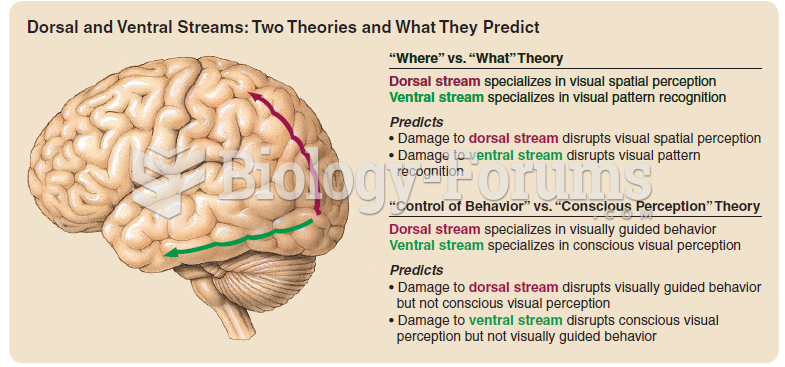Answer to Question 1
During childhood, rates of conduct problems are about two to four times higher for boys than for girls, with boys showing an earlier age at onset and greater persistence (Eme, 2007; Lahey et al., 2006). Boys also display more conduct problems and report using more physical aggression than girls across countries throughout the world. The gender disparity in conduct problems increases through middle childhood, narrows greatly in early adolescencedue mainly to a rise in covert nonaggressive antisocial behavior in girls (McDermott, 1996)and then increases again in late adolescence when boys are at the peak of their delinquent behavior. In contrast to boys, whose early symptoms of CD are aggression and theft, early symptoms for girls are usually sexual misbehaviors (Offord, Alder, & Boyle, 1986). Antisocial girls are more likely than others to develop relationships with antisocial boys, then become pregnant at an earlier age and display a wide spectrum of later problems, including anxiety, depression, and poor parenting (Foster, 2005). Gender differences may be partly related to definitions of conduct problems that place a strong emphasis on physical aggression and minimal emphasis on the less physically aggressive forms of antisocial behaviors shown by girls (Crick, Bigbee, & Howes, 1996). When girls are angry they are more likely to use indirect forms of relational aggression, such as verbal insults, gossip, tattling, ostracism, threatening to withdraw one's friendship, getting even, or third-party retaliation rather than physical forms of aggression (Cote et al., 2007; Crapanzano et al., 2010). In addition, girls are more likely than boys to become emotionally upset by aggressive social exchanges (Crick, 1995).
Answer to Question 2
It is also possible that the types of executive functioning deficits experienced by children with ODD and CD may differ from those experienced by children with ADHD (Nigg et al., 2006). For example, Rubia (2010) has made the distinction between cool (as in temperature, not as in Lady Gaga) cognitive executive functions, such as attention, working memory, planning, and inhibition, and hot executive functions that involve incentives and motivation. Both cool and hot executive functions are associated with distinct but interconnected brain networks. Cool executive function deficits are thought to be more characteristic of children with ADHD, whereas hot executive function deficits are more characteristic of children with conduct problems. Children with both ADHD and conduct problems, which is common, likely display a combination of the two types of executive function deficits.







